Product Development Lifecycle
RECENT BLOGS
-
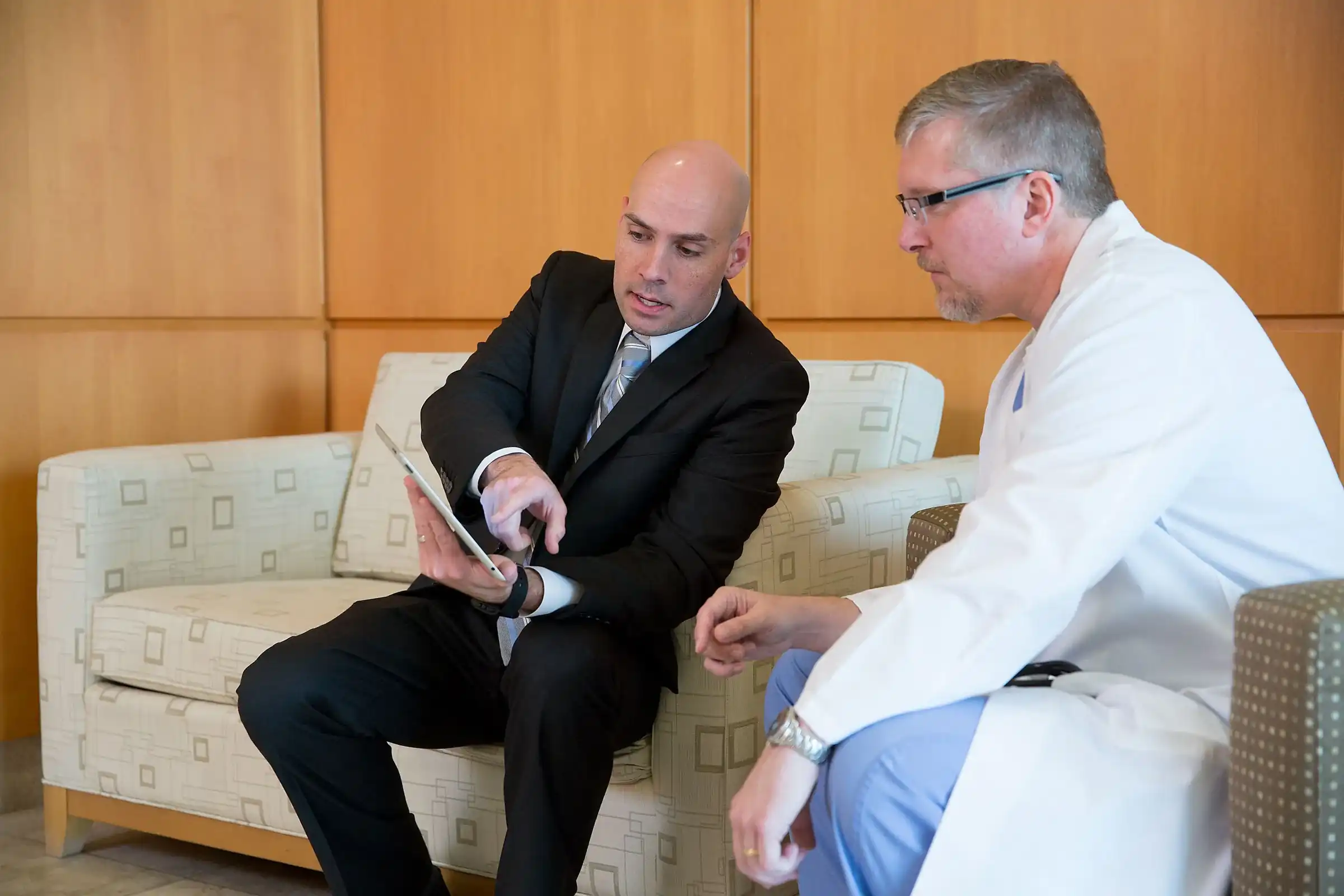
Rethinking Representation in Clinical Research – Who’s in the Study?
Introduction The underlying principle of a clinical study is to assess the safety and efficacy of an...
Read More -
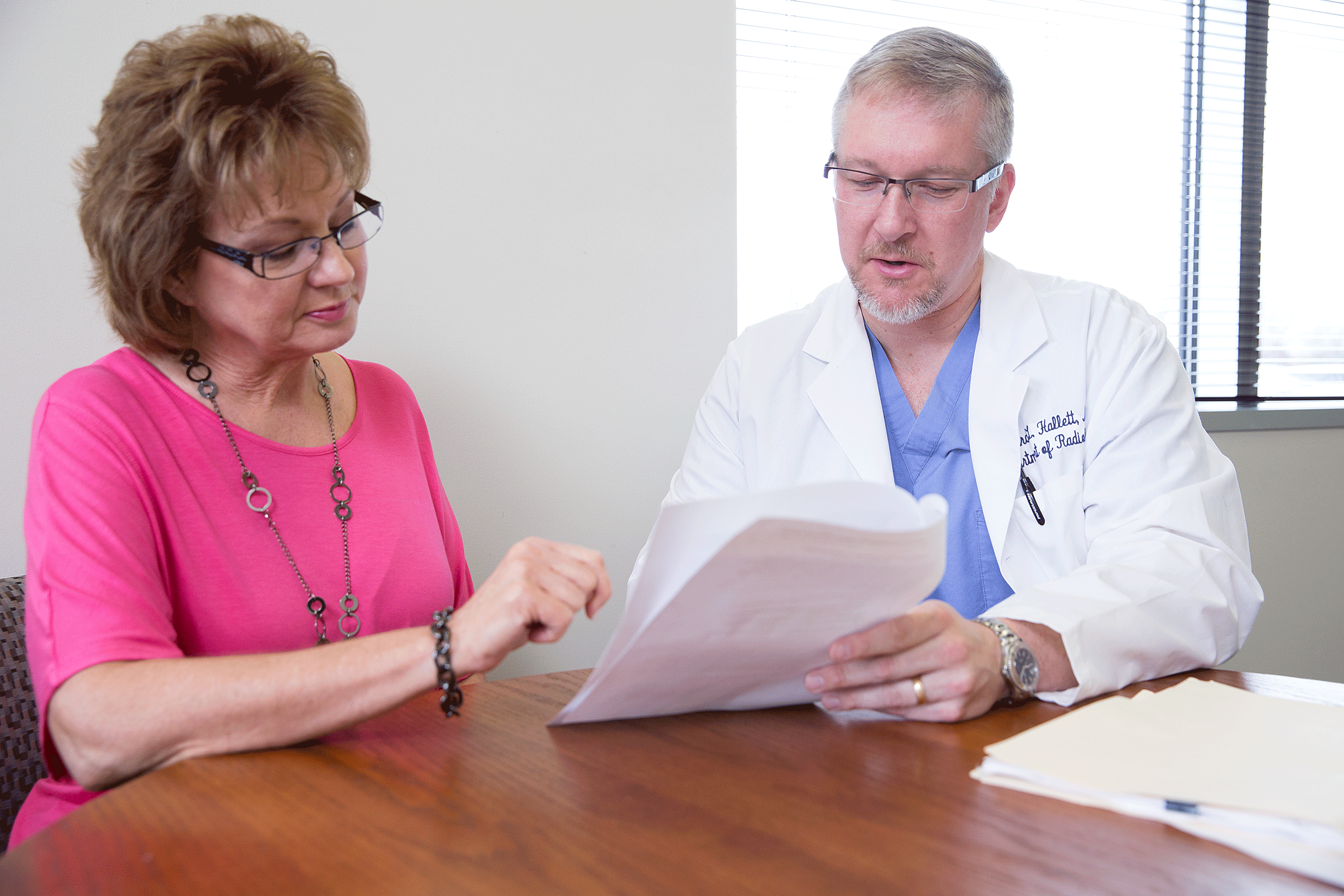
Patient-Reported Outcome (PRO)
“What matters is this – will it help patients?” ~ Bill Cook Introduction To ensure that patients...
Read More -

The Impact of GCP R3 on Your Trial Master File
Introduction The third revision (R3) of the International Council for Harmonisation (ICH) Good Clinical Practice (GCP) was...
Read More -
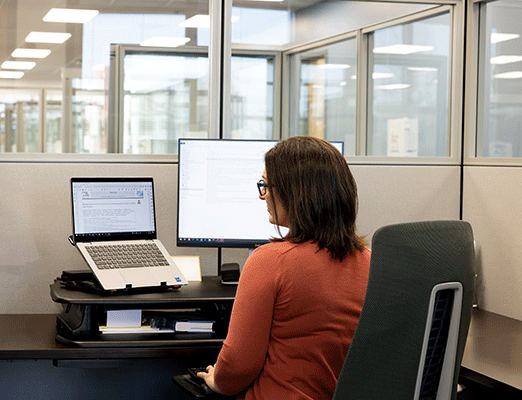
5 Main Components of a MDR Clinical Evaluation Report (CER)
To comply with the European Union Medical Device Regulation (MDR), medical device manufacturers are required to conduct...
Read More -
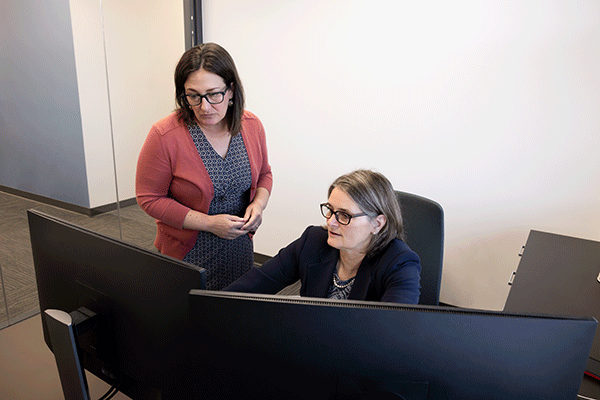
Deviations in Medical Device Clinical Studies
Introduction During the conduct of a study, there may be instances where the study protocol is not...
Read More -
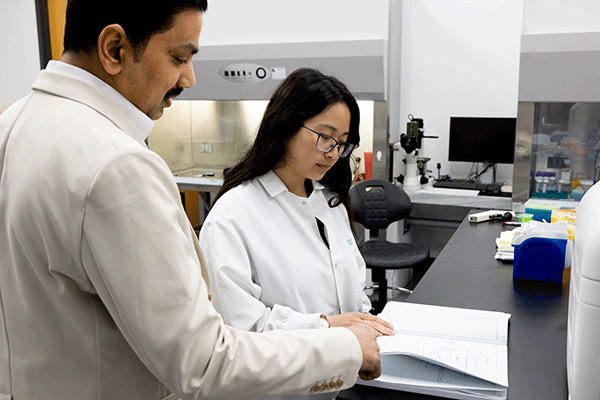
Strategizing Biocompatibility Evaluation in Changing Manufacturing Environments: When do you Approach Subject Matter Experts?
In a dynamic manufacturing environment, changes are inevitable. Ensuring medical device safety is very crucial, particularly when...
Read More -

Developing a Quality System / Standard Operating Procedures for Conducting Medical Device Clinical Trials
Introduction The development of quality system procedures or standard operating procedures (SOPs) for conducting clinical trials of...
Read More -
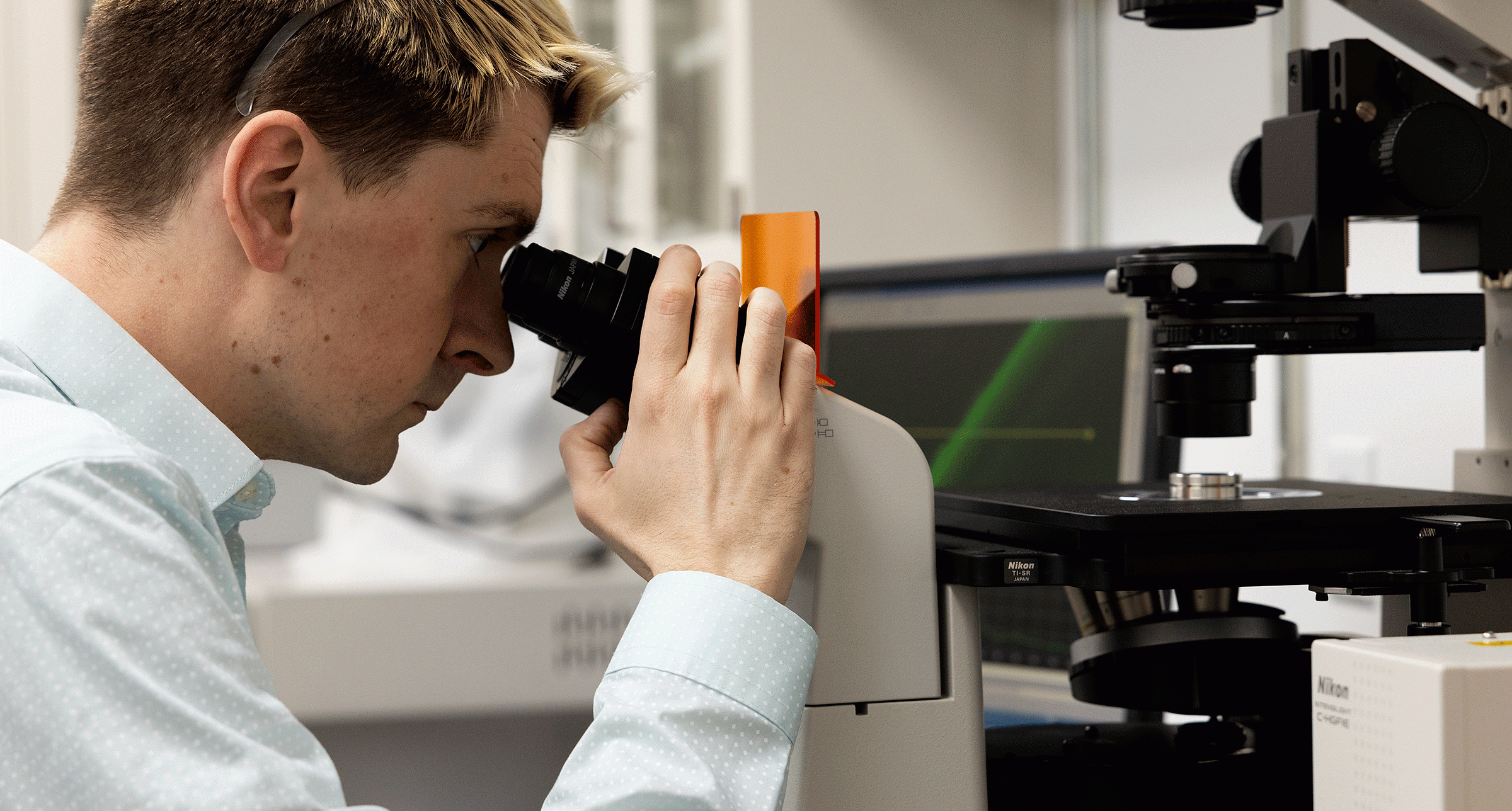
Surface Morphology: A Case Study On Implantation Endpoint
In a previous blog post, we highlighted the essential role of surface characterization in ensuring the biocompatibility...
Read More -

A Brief History of the Development of Clinical Research Principals, Guidelines, and Regulations
Hippocratic Oath The Hippocratic Oath was likely written between the 5th and 3rd centuries BCE. Its purpose...
Read More
OUR COMMITMENT
We are committed to consistently performing services with high quality, that deliver exceptional results, and add value to the client’s business.
For client surveys sent in 2024, we received ratings of 4.98/5 points (13).
